This is the first part of assembling the Triode Car.
We will be introducing the parts used on the Triode Car and how to install them onto the circuit board with the help of schematics.
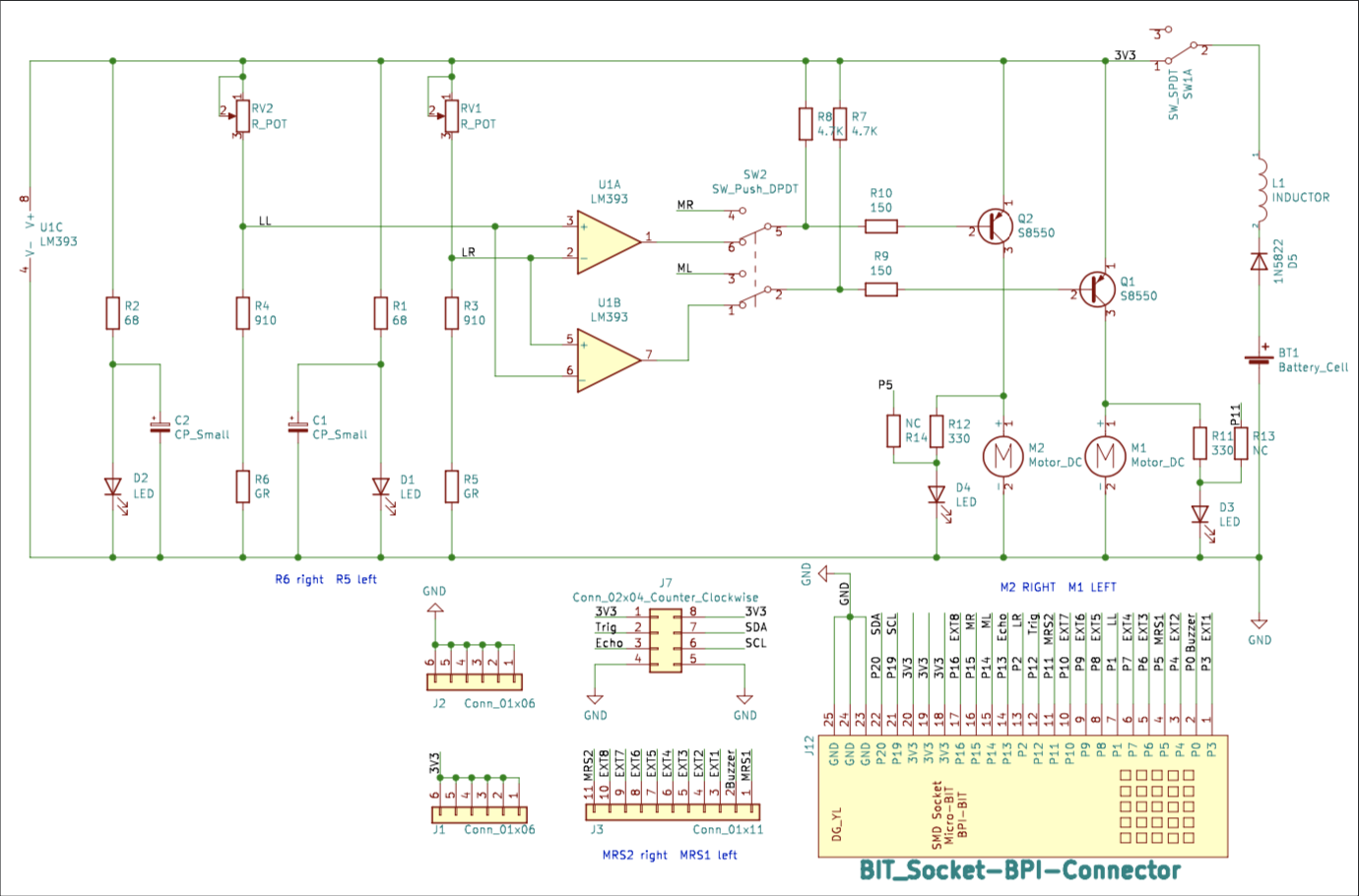
(Photo of the schematics)
The first thing I recommend doing is to solder on the edge connector, this is one of the big components of the pack, and there wouldn't be enough space to fix or adjust if there are other components in the way.
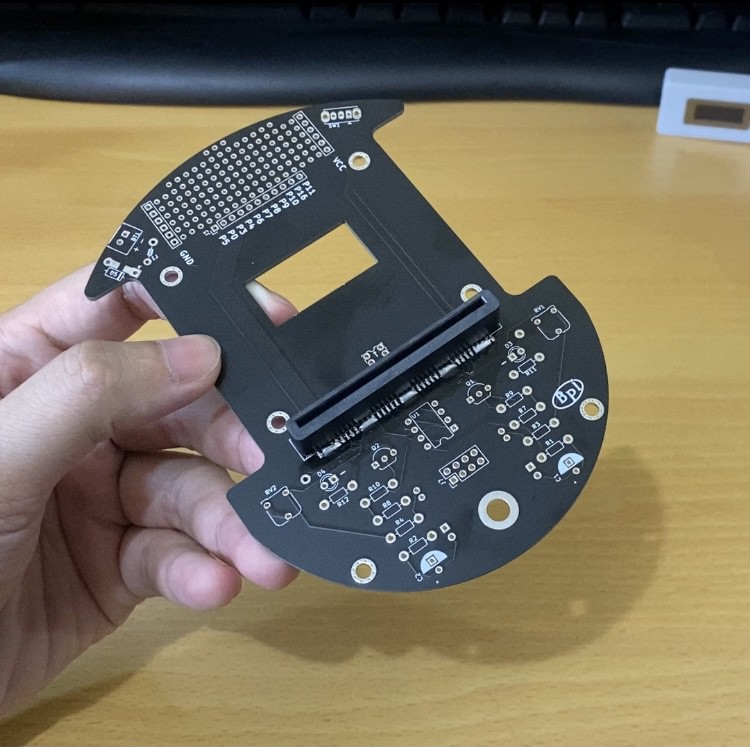
(Photo of installed edge connector)
Resistors are known for their current-limiting capabilities. There are a few types of resistors used on the Triode Car, namely the fixed resistor, potentiometer, and photoresistor.
Fixed resistors are the most common component on any electrical circuit. Due to the electrical current limits that components can withstand are different, we usually see a ton of these on most circuit boards. The color bands indicate the resistance of the resistor. Generally, the most outward color band is the first band. With a quick google image search "5 band resistor color codes", we can now identify the resistor values. The first 3 bands indicate the base value, and the fourth band is the multiplier.
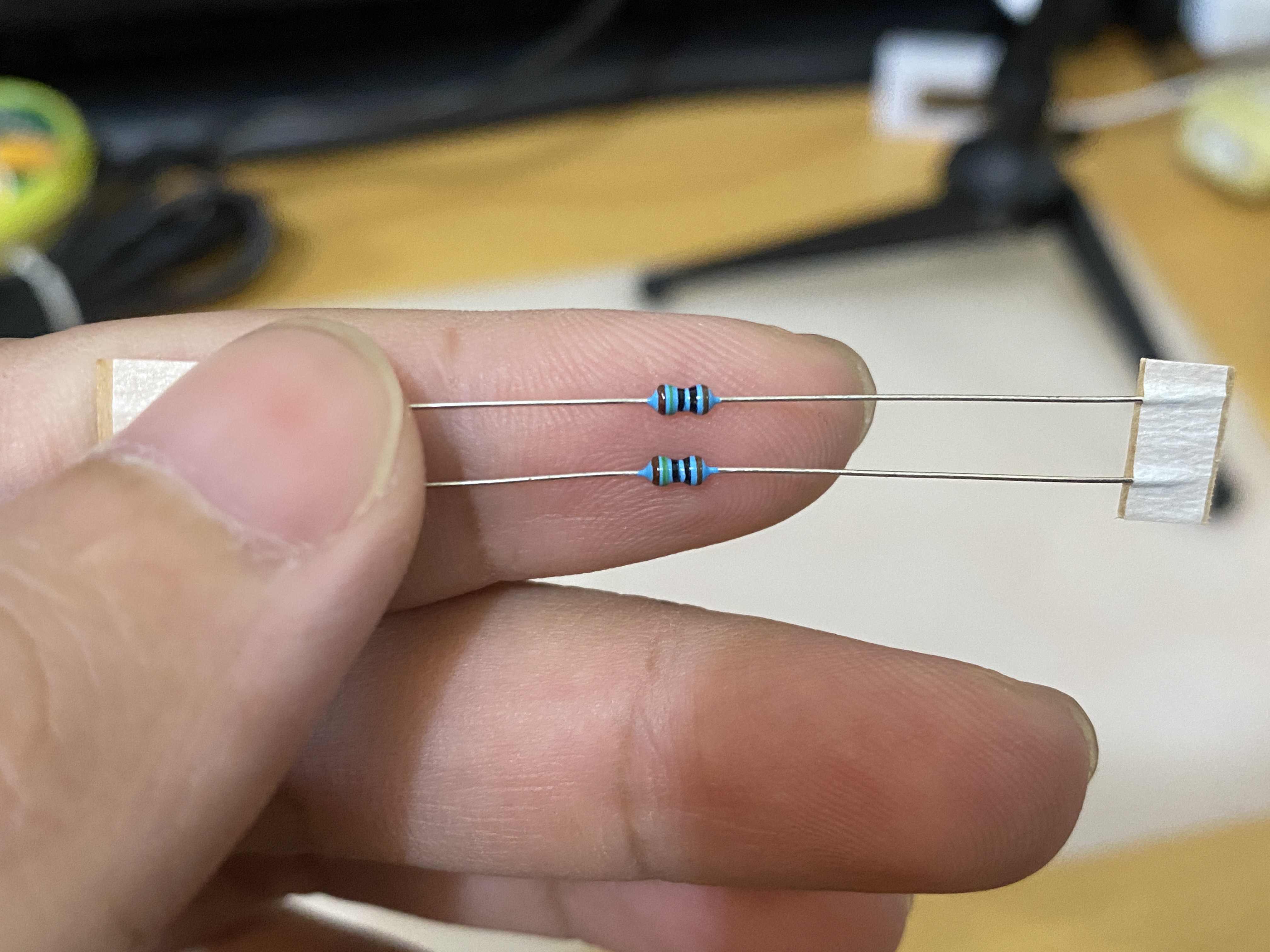
(Photo of a fixed resistor)
The potentiometer is a type of variable resistor, its value of electrical resistance can be adjusted to perform different behaviors. For example, some fans use potentiometers to control fan speed. Lamps oftentimes use potentiometers to adjust brightness. Every car assembled won't be exactly the same, it often requires a bit of tuning. The potentiometer will help us adjust the precision of the line tracking feature.
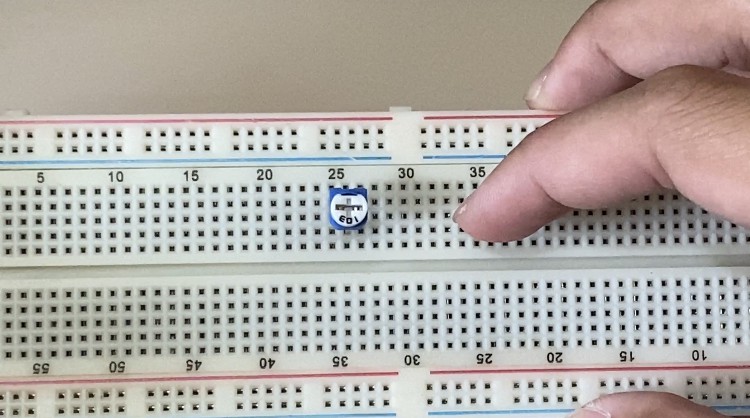
(Photo of the potentiometer)
The photoresistor is also a type of variable resistor. However, the electrical resistance is determined by the brightness of the environment. The brighter it is, the lower the resistance. Conversely, the dimmer the environment, the higher the resistance. These will be the main sensors that we will be using to enable the line tracking capabilities of the Triode Car.
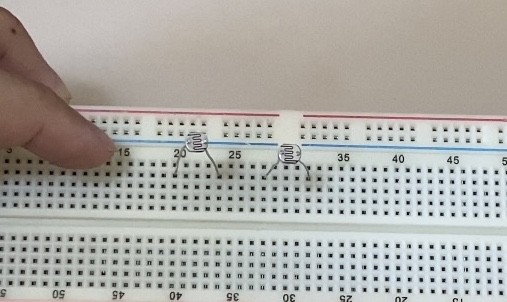
(Photo of the photoresistor)
After installing these parts onto the board, we have completed the hardest part of the assembly. I've recorded the entire process on YouTube. Next update we will be wrapping this up by installing the remaining components and get it ready for testing. Stay tuned for more!
 Joey Shyu
Joey Shyu
Discussions
Become a Hackaday.io Member
Create an account to leave a comment. Already have an account? Log In.